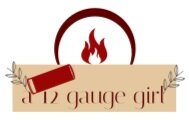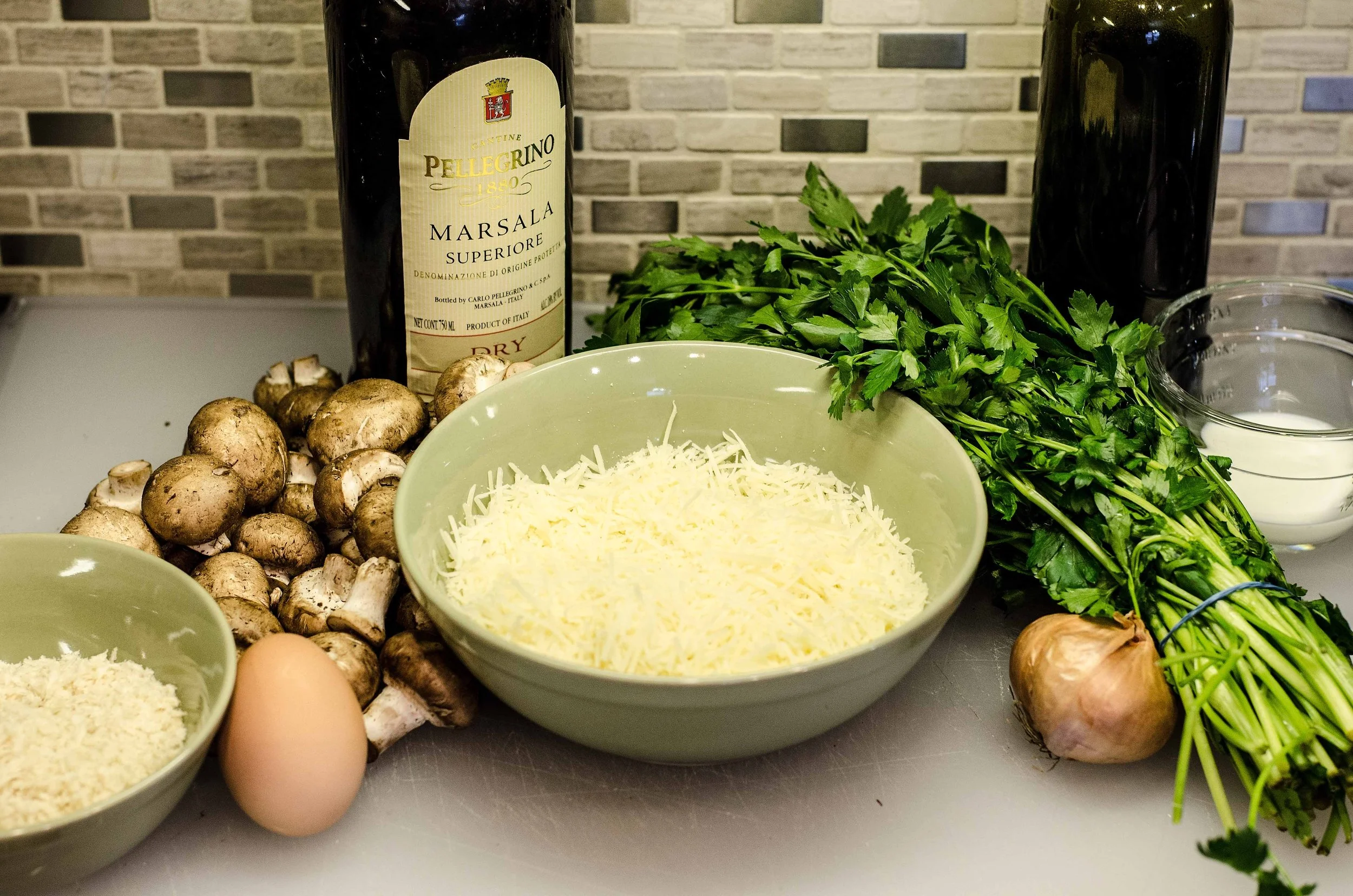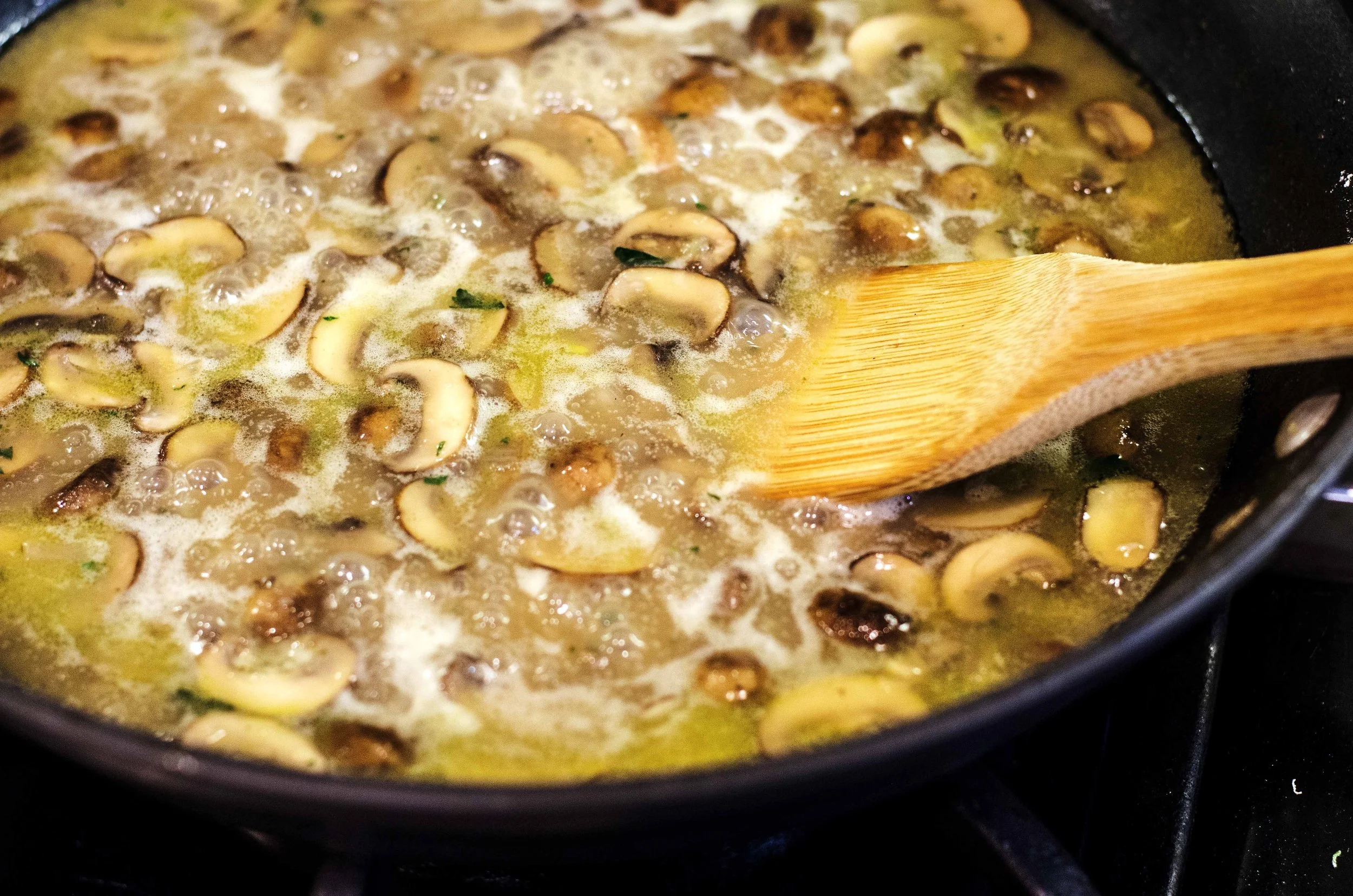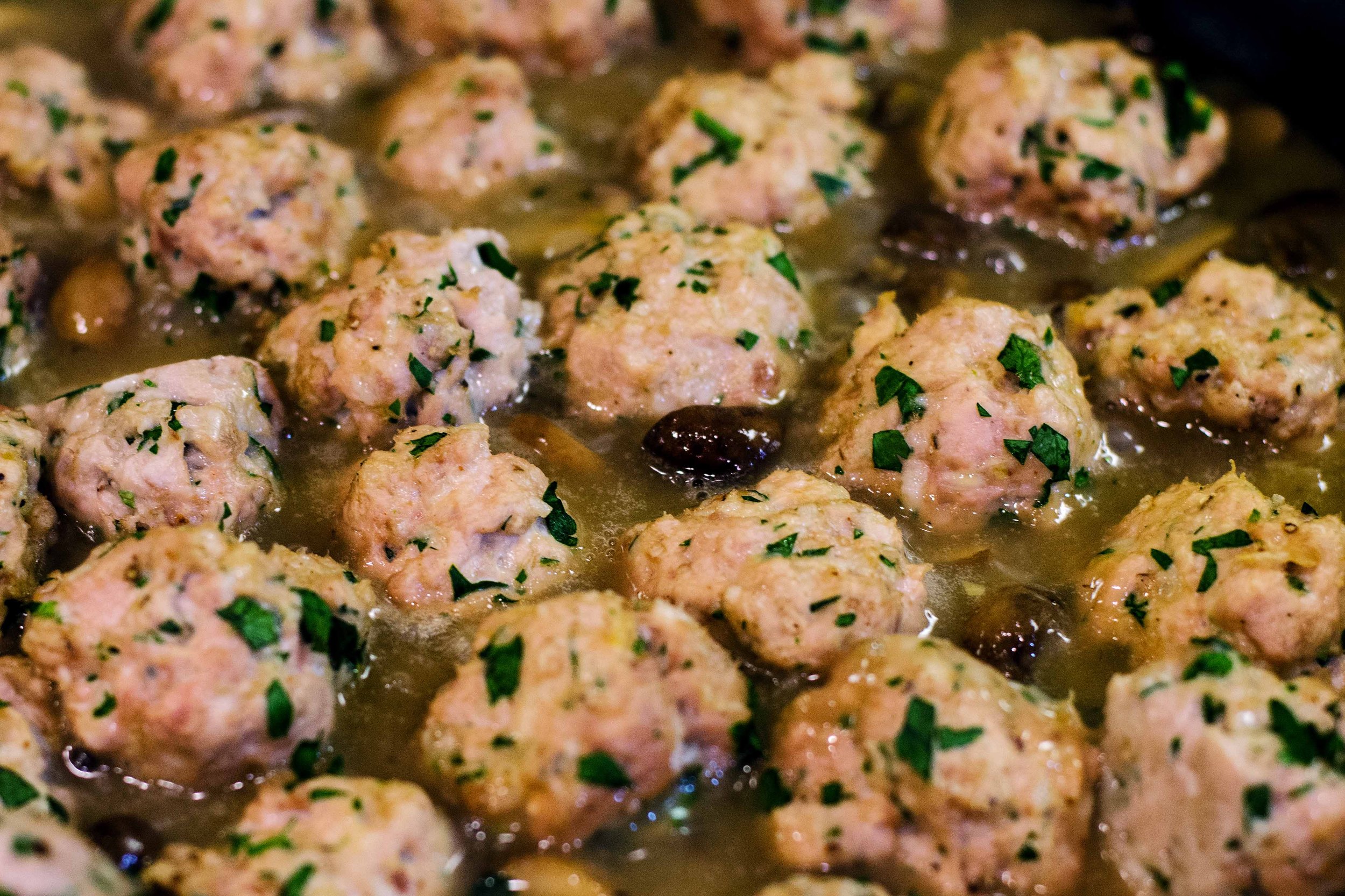"You can't teach an old dog new tricks," everyone has heard the saying. Normally I tend to agree. I have a thirteen-year-old yellow lab and she has no desire to even perform her old tricks, much less learn any new ones! I do have an exception to the rule though. Sienna is my seven-year-old chocolate lab. She is a typical lab: likes to eat no matter the time of day or if she just finished eating, hyper, puppy-like attitude complete with chewing on random objects. Once she chewed the end off a highlighter and pulled the marker out. She proceeded to draw on the bedspread. My niece was blamed, until the empty highlighter casing was found with suspicious chew marks. Potty trained is an inconsistent term for her even though she appears to know better, and birds are an obsession. Now, while birds are an obsession, actually participating in a bird hunt as a contributing party member was not a strong point for Sienna. She contributed mostly headache.
Sienna is a very obedient animal; however, while she aims to please, she is not the brightest. She spends her time trying to figure out what you want from her, which results in her usually sitting at, or more accurately on, your feet, staring at you as you trip over her, waiting for a command that she most likely does not understand. So, while bird hunting, Sienna spends her time on your feet and staring. I have tried getting her off my feet with, "Go get the bird!" Her ears perk a little and her head will drop to the side, almost posing a question. Sometimes she will even throw out an enthusiastic bark. But she immediately returns to sitting and staring in confusion. Definitely not a bird dog.
Sienna's time on hunts for the last six years has been spent trudging along on the heels of anyone who hasn't been annoyed by how closely she follows. She occasionally sniffs bushes, but I think it has mostly been because she seems to like sweet smells. She occasionally perks her ears when a gun is fired. Every once in awhile she will watch a bird fall from the sky, rush to its location, give if a good sniff, and come trotting back to your heels, tongue dragging but not much else. Definitely not a bird dog.
After six entirely worthless bird hunting seasons, Sienna the seven-year-old lab, which is the age veterinarians recommend switching your dog to geriatric dog food, decided to learn a new trick. She decided to become a bird dog. I don't know why, and I am not sure how she learned it, but she did it. Opening morning of the pheasant season, Sienna hoped out of her kennel, put her nose to the ground, and actually jumped a bird. No one shot it of course because that had never happened before and no one was prepared. She spent the rest of the day tracking down roosters, jumping, and even retrieving them (that's her in the picture). I still can't explain it, except for to say never write off an old dog for a new trick.
As for the recipe, I have not worked a ton with pheasant, but I get really excited every time I get the opportunity. Pheasant populations in Utah have been very low for quite a few years, but have been making a strong comeback for the past two years. Typically, I batter the breasts in a salty cracker and deep fry it, kind of a like a twist on fried chicken. After having such an abundant harvest this season, I have really been experimenting with some new recipes.
This recipe is a twist on chicken marsala, which is an Italian-based dish of chicken pieces covered in a Marsala wine and mushroom sauce. Instead of using chicken cutlets, I made up some ground pheasant meatballs and served them in a Marsala wine sauce. To start, turn on the oven broiler and put the pheasant, fat included although there probably won't be much, through a meat grinder. I purchased an inexpensive meat grinder last year, and it has been worth every penny. I use it all the time to make my own elk burger, breakfast sausage, and ground turkey and now pheasant. I used the pheasant breasts for this recipe, but you could use the thigh meat as well. Anyway, after the pheasant has run through the processor it is time to create the meatballs.
In a large bowl, add the pheasant, panko bread crumbs, cheese, parsley, ground nutmeg, salt, pepper, milk, and egg. Using your hands, really work everything together to ensure that every meatball will have a taste of each ingredient. In case you don't have panko bread crumbs, you can always use Italian or plain bread crumbs. You could also just tear up some old bread and work that in as well. The crumbs are just there to give some substance to the meat mixture. Also, if you don't have pecorino cheese, or you don't want to spend the money on it because it is more expensive than some of the other cheeses available, you can add parmesan or Romano. This recipe would also work well with shredded mozzarella cheese.
Before I continue, I have to make a comment about these meatballs. Normally I don't think about raw meat as I am mixing it. I kind of just put my hands in, mash things around, and use the time to day dream. However, this time the aromas from the mixture caught my attention. I will admit, I usually skip on adding parsley to things. I don't think it has much flavor, and have always considered it a garnishment rather than an actual ingredient. I think this recipe changed my mind. The parsley mixed with the hint of nutmeg and the cheese smelled really fresh and actually got me even more excited for dinner. Just an observation, and I would be curious if anyone else experiences this when they work with fresh parsley?
Anyway, Roll the meat into balls about the size of your palm. Place them on a baking sheet coated with a little bit of oil. For easier clean-up, I lined my sheet with aluminum foil too. Put the meatballs under the broiler for five minutes. Set yourself a timer for these meatballs! Pheasant, like most wild game, is a very lean meat. It is much leaner than chicken or turkey you buy at the store. These meatballs will dry out much quicker than store bought meat, and then you will be sad because you are eating a dry meatball. Nobody likes a dry meatball! So, set the timer for five minutes and pull the tray out. At this point, don't worry about if the meatballs are cooked all the way through because they will actually finish cooking in the marsala sauce.
While your meatballs are browning, place the mushrooms in a preheated pan with some olive oil. Allow the mushrooms to brown for about five minutes. I used cremini mushrooms this time, but I think next time I will use baby portabellas. The creminis were perfectly fine in this sauce, I just happen to prefer baby portabellas to all other mushrooms and I only mentioned it to show that you can substitute different kinds of mushrooms for the this sauce. After the mushrooms have browned, add the minced shallot and cook an additional two to three minutes.
While browning the mushrooms, the burner should be on a medium-high heat. At this point, drop the heat down a bit to around medium and sprinkle the flour over the mushrooms. Pour in the remaining olive oil and start whisking the flour around the pan. Slowly add the marsala wine and continue whisking until you have a very smooth almost paste in the pan. This paste will act as the thickening agent for the sauce. Cook the flour and wine mixture for a minute or two to remove the flour taste, and then start adding the chicken broth. Continue whisking the entire time. I always get a bit scared when I try to thicken sauces. I think this fear comes from cream sauces, because if you do not continue stirring or if the heat is wrong the sauce will break and your cream will separate into chunky gross things and thin liquid that resembles the sauce you were trying to accomplish. Stock based sauces like this one are a little bit easier. The trick is to just keep stirring, and not freak out, as I tend to do.
Let the sauce simmer for about five minutes. Stir it occasionally, if for no other reason than to bask in your triumph as the sauce continues thicken as it simmers. After about five minutes, drop your meatballs into the sauce and allow the entire glorious concoction to continue simmering for another five minutes. This will finish the meatballs to cooked perfection and allow the flavors to meld together.
To serve, put the meatballs and mushrooms in a bowl and scoop out all of the sauce to cover everything. Garnish (there that is again!) with fresh chopped parsley and most cheese. The result is a very earthy, rich, and slightly sweet dish. Pheasant is a very mild flavored meat and pairs very nicely with the thick, slightly sweet marsala sauce. The mushrooms add the earthy tones and are enhanced by the sweet and salty touches of the cheese. I definitely licked my bowl clean!
For sides, I made a very simple arugula salad. Any kind of vegetable would work, such as sauteed asparagus, brussels sprouts, or a steamed leafy green. Bread for sopping up sauce would definitely help with licking the bowl clean. I think this would also be great served over rice, egg noodles, or mashed potatoes.
Before I sign off, this recipe would not have been possible without the work of a little chocolate lab. Don't worry, I shared a meatball with her.
Happy Hunting!

Pheasant Marsala Meatballs
Tired of preparing pheasant the same way? Pheasant meatballs are great to add to any sauce for a different approach to upland game. These cheesy meatballs are amazing soaked in a creamy and silky marsala sauce and serve well over rice, noodles, or just by themselves.
Ingredients
- One pound ground pheasant
- One cup panko bread crumbs
- Half cup shredded cheese, pecorino, mozzarella, parmesan, Romano (Your choice)
- Quarter cup fresh chopped parsley
- One teaspoon nutmeg
- Salt and Pepper to taste
- Two tablespoons milk
- One egg, beaten
- One third cup Marsala wine
- Three tablespoons olive oil
- Eight ounces mushrooms, cremini, portabella, shitake (Your choice)
- One large shallot, minced
- One teaspoon flour
- One and a half cups chicken broth
Instructions
- Preheat the broiler.
- Mix together the pound of ground pheasant, panko bread crumbs, cheese, parsley, salt and pepper, nutmeg, milk and egg. Use your hands to incorporate everything really well.
- Roll the meat mixture into balls about the size of the palm of your hand, or around a tablespoon size. Place on lightly greased cookie sheet and bake for five minutes. Set aside to cool.
- Using two tablespoons of the olive oil in a preheated pan, cook the mushrooms for five minutes and until lightly browned.
- Add the shallots and cook an additional two to three minutes.
- Sprinkle the flour over the mushrooms and add remaining olive oil. Whisk together, creating a thin buttery paste. Add the marsala wine and whisk. Cook for two or three minutes.
- Slowly add the chicken broth to the pan, stirring continuously to thicken sauce. Bring to light boil and then let simmer for five minutes
- Add meatballs and simmer for additional five minutes.
- Serve with fresh chopped parsley and extra shredded cheese.



















